| Positioning | |
Seamless WLAN/GPS hybrid localization
Once all the necessary information is pre-processed, the WLAN/GPS hybrid localization algorithm can be applied. The switching logic utilized in the proposed localization algorithm is illustrated in Fig. 2. In Fig. 2, sPR, BSSIDO, and BSSIDI indicate the pseudorange, the AP installed outside the building, and the AP installed inside the building, respectively. According to the switching logic shown in Fig. 2, the WLAN/GPS hybrid algorithm is applied when the total number of visible GPS satellites and available WLAN AP is more than four. In this case, three-dimensional coordinates can be estimated. When the available measurements are three, two-dimensional coordinates are estimated utilizing the average height of the area.
Fig. 2 Switching logic for hybrid localization
Experiment
To verify the performance of the proposed WLAN/GPS hybrid localization algorithm, an experiment was performed. Figure 3 shows the equipments and the experiment area. Before applying the localization algorithm, the reduced GPS visibility affected by the nearby building was investigated. For the purpose, GPS measurements were collected at known locations utilizing a U-blox LEA-4T receiver. Since the receiver is of high-sensitivity type, it was found that more than four satellites are always visible at all the surveyed locations. However, it was found that parts of GPS measurements are affected by multipath errors.
To investigate how many measurements were affected by non-negligible multipath errors, test statistic values were computed and plotted as shown in Fig. 4. In Fig. 4, the parallelepiped in each plot illustrates the location of the building. The height of the parallelepiped corresponds to the threshold value of multipath test statistic. If a sequence of measurements from a channel produces the test statistic value that is larger than the threshold, it may be affected by non-negligible multipath errors. According to the test statistic values, it was found that more than two GPS satellites are not largely affected by multipath errors at all the surveyed locations.
In the case of WLAN signal strength measurements, total 19 APs were found in the experiment area as shown in the upper plot of Fig. 5. Among them 19 APs, 4 APs were considered to be feasible for hybrid localization. The trend of signal strength values at each surveyed location is depicted in the lower plot of Fig. 5. Thus, it can be seen that more than four measurements are always available in the experiment area and three-dimensional coordinates can be produced in the experiment area.
Fig. 3 Equipments and experiment area
Fig. 4 Distribution GPS multipath test statistics
Finally, to evaluate the accuracy improvement by the proposed hybrid algorithm as compared with the simple GPS-only algorithm, the surveyed measurements were processed. The result is summarized in Table 3 for the mean error of each direction at 14 locations. As shown in Table 3, mean errors are reduced, in general, by the proposed hybrid localization method. For more detailed information, circular error probable (CEP) values were computed. By the computation, it was verified that the proposed algorithm produced the accuracy of CEP 8.9 meters as compared with the GPS-only algorithm producing the CEP of 13.7 meters. Thus, it can be seen that approximately 35 % of accuracy improvement could be obtained by the proposed WLAN/GPS hybrid localization algorithm.
Fig. 5 trend of mean signal strength values in the experiment area
Conclusion
To design a seamless and accurate localization method applicable to indoor/outdoor transit area of buildings, it is necessary to investigate measurement. By measurement collection and analysis, it was found that high-sensitivity GPS receivers provide sufficient number of measurements but with considerable multipath errors. It was also found that sufficient number of WLAN signals can be obtained nearby buildings but should be treated by considering NLOS errors.
Based on the investigation on measurement characteristics, a simple but efficient WLAN/GPS hybrid localization was designed. To evaluate the accuracy of the proposed hybrid localization method, an experiment was performed by field- collected measurements. By the experiment, it was shown that approximately 35 % of accuracy improvement was obtained by the proposed localization algorithm as compared with the conventional GPS-only algorithm.
Table. 3 Comparison of mean errors
References
[1] Ocana, L.M. Bergasa, M.A. Sotelo, J. Nuevo, R. Flores, “Indoor Robot Localization System Using WiFi Signal Measure and Minimizing Calibration Effort”, Proceedings of the IEEE International Symposium on Industrial Electronics, Jun 20-23, Vol. 4, pp. 1545 – 1550, 2005.
[2] Y. Wang, X. Jia, H.K. Lee , and G. Y. Li, “An indoor wireless positioning system based on wireless local area network,“ Proceedings of The 6th International Symposium on Satellite Navigation Technology Including Mobile Positioning & Location Services, Melbourne, Australia, July 2003, paper 54.
[3] Y. Chen and H. Kobayashi, “Signal strength based indoor geo-location,” IEEE International Conference on Communications, Vol. 1, pp. 436 – 439, May 2002
[4] H. K. Lee, J. Y. Shim, H. S. Kim, B. Li, and C. Rizos, “Feature Extraction and Spatial Interpolation for Improved Wireless Location Sensing “, Sensors, Vol. 8, pp. 2865-2885, 2008
[5] H. K. Lee, J. G. Lee, and G. I. Jee, “GPS Multipath Detection Based on Successive-Time Double-Differences”, IEEE Signal Processing Letters, Vol. 11, No. 3, pp. 316-319, 2004
My Coordinates |
EDITORIAL |
|
News |
INDUSTRY | LBS | GPS | GIS | REMOTE SENSING | GALILEO UPDATE |
|
Mark your calendar |
MARCH 2011 TO NOVEMBER 2011 |
Pages: 1 2


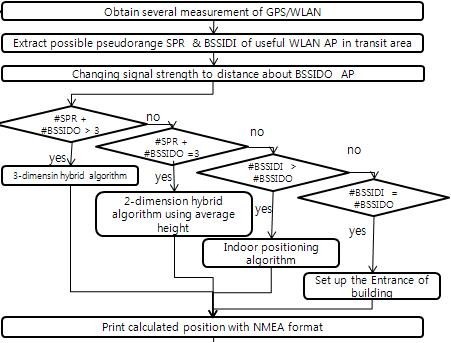
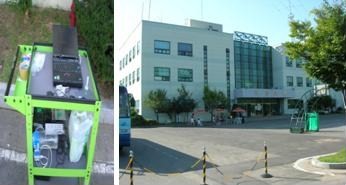
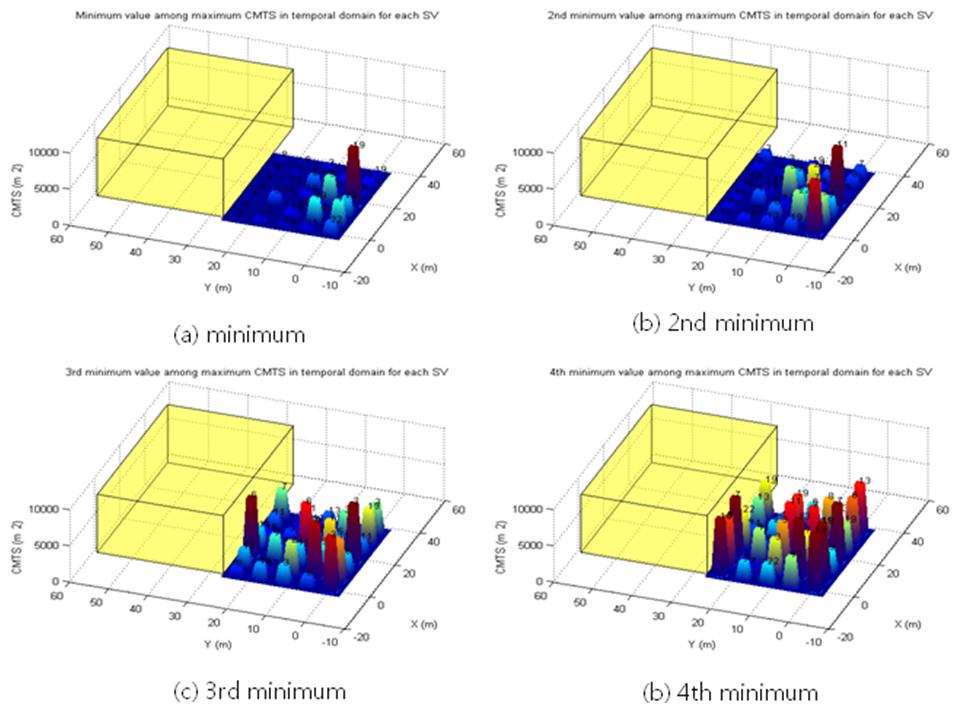
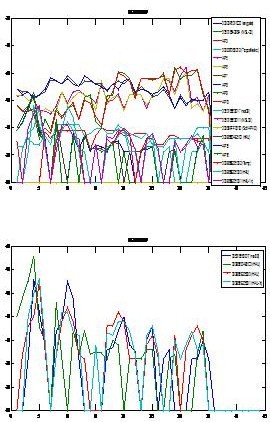
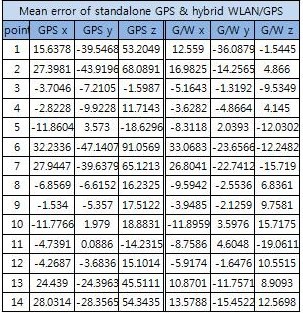











 (5 votes, average: 2.00 out of 5)
(5 votes, average: 2.00 out of 5)




Leave your response!